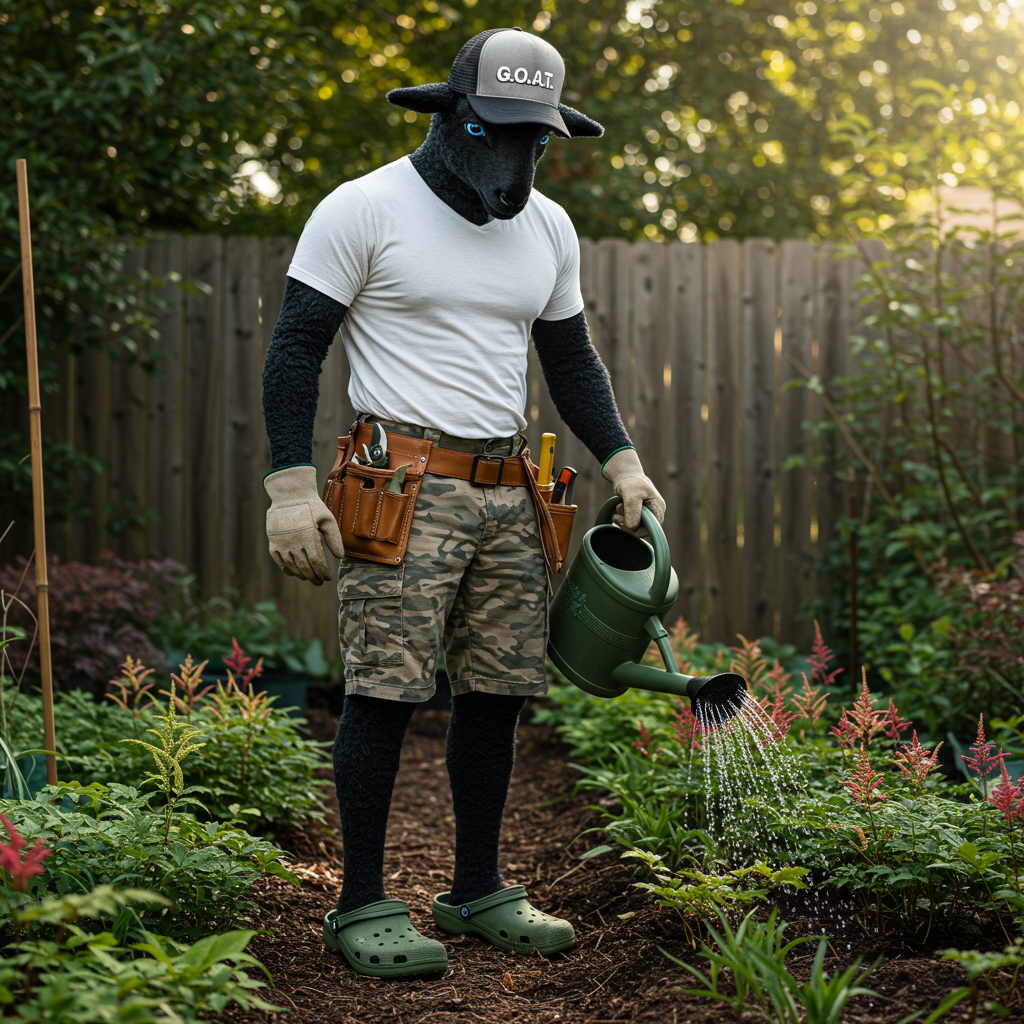Watering Newly Planted Perennials: Getting It Right from the Start

You’ve dug the hole. You’ve settled the plant. You’ve admired it from every angle. Now comes the moment of truth: the first watering.
It seems simple enough—but for new perennials, how you water in the first few weeks can make all the difference. Too little, and roots stay shallow and stressed. Too much, and you risk rot before your plant even has a chance to bloom.
Let’s break down how to water new perennials with intention—so they can get comfortable, settle in, and thrive for seasons to come.
💧 Why Watering Matters So Much in the Beginning
When you transplant a perennial, its roots are in shock. They’ve just left the comfort of a pot or nursery bed and are adjusting to their new soil home. This is when they need consistent, gentle moisture—not floods or droughts.
Water is what helps those roots reach outward and anchor the plant. It’s the first handshake between plant and soil.
📆 The Watering Timeline for New Perennials
🌱 Week 1–2:
Water deeply every 1–2 days, especially if it's sunny or windy. The goal is to keep the root ball and surrounding soil evenly moist—but not soggy.
🌿 Week 3–4:
Reduce to every 3 days or as needed. Start encouraging the roots to seek water deeper in the soil.
🌼 Week 5 onward:
Shift to weekly deep watering, adjusting for rainfall. Once established (usually after 6–8 weeks), most perennials need far less fuss.
💡 Rule of thumb: Water when the top 1–2 inches of soil feel dry, but don’t wait until the plant is visibly wilting.
🛠️ How to Water Properly
-
Water slowly and deeply. Let the water soak in rather than running off the surface.
-
Aim at the base. Water the root zone, not the leaves.
-
Early morning is best. The plant drinks before the heat, and moisture doesn’t sit overnight on foliage.
-
Use a watering wand, can, or soaker hose for control and gentleness.
🚫 Common Mistakes to Avoid
❌ Watering too lightly. A quick sprinkle isn’t enough. You want the water to reach the full depth of the roots.
❌ Overwatering “just in case.” Clay soil especially can hold onto moisture too long. Always check the soil first.
❌ Watering from above. It may look romantic, but wetting the foliage can encourage disease, especially in humid weather.
🌿 Perennials That Appreciate Consistent Moisture at Planting Time
While all new transplants need good watering habits, these varieties are especially grateful for gentle consistency early on:
-
Astilbe ‘Visions in Pink’ – Loves moist soil and needs a steady start.
-
Ligularia ‘Little Rocket’ – Big leaves = big thirst, especially in warm spring weather.
-
Tiarella ‘Spring Symphony’ – Delicate roots prefer not to dry out during establishment.
-
Phlox ‘Opalescence’ – Needs even moisture to root well and resist mildew.
-
Brunnera ‘Queen of Hearts’ – Tolerates shade, but craves regular hydration while settling in.
💧 Pro tip: Once established, many perennials become more drought-tolerant—but they’ll only get there if they’re watered well at the start.
Final Thoughts: Don’t Just Water—Watch
The best way to learn how much to water? Observe. Every garden is different. Clay holds longer, sand dries faster, and that spot by the fence may bake more than you realize.
Your plant will show you how it’s doing—leaf colour, turgor (fancy word for perkiness), and growth all speak louder than any calendar reminder.
So water deeply. Water mindfully. Then step back, breathe, and let the roots do the rest.

